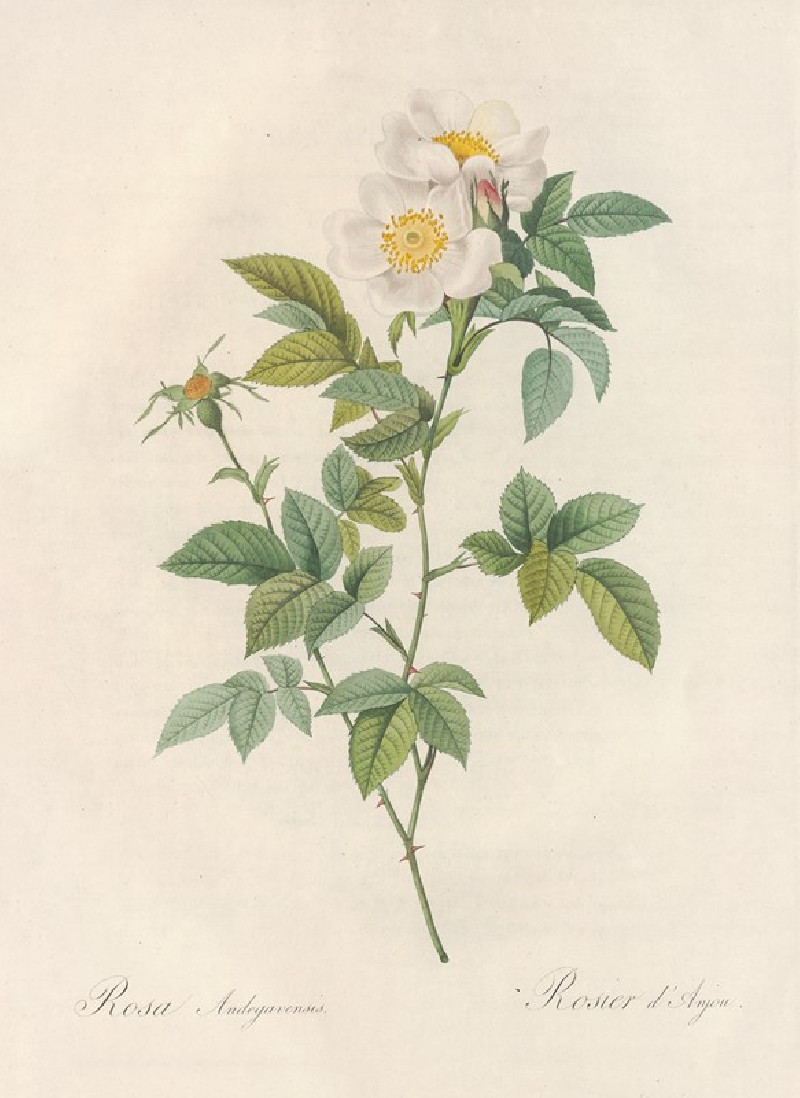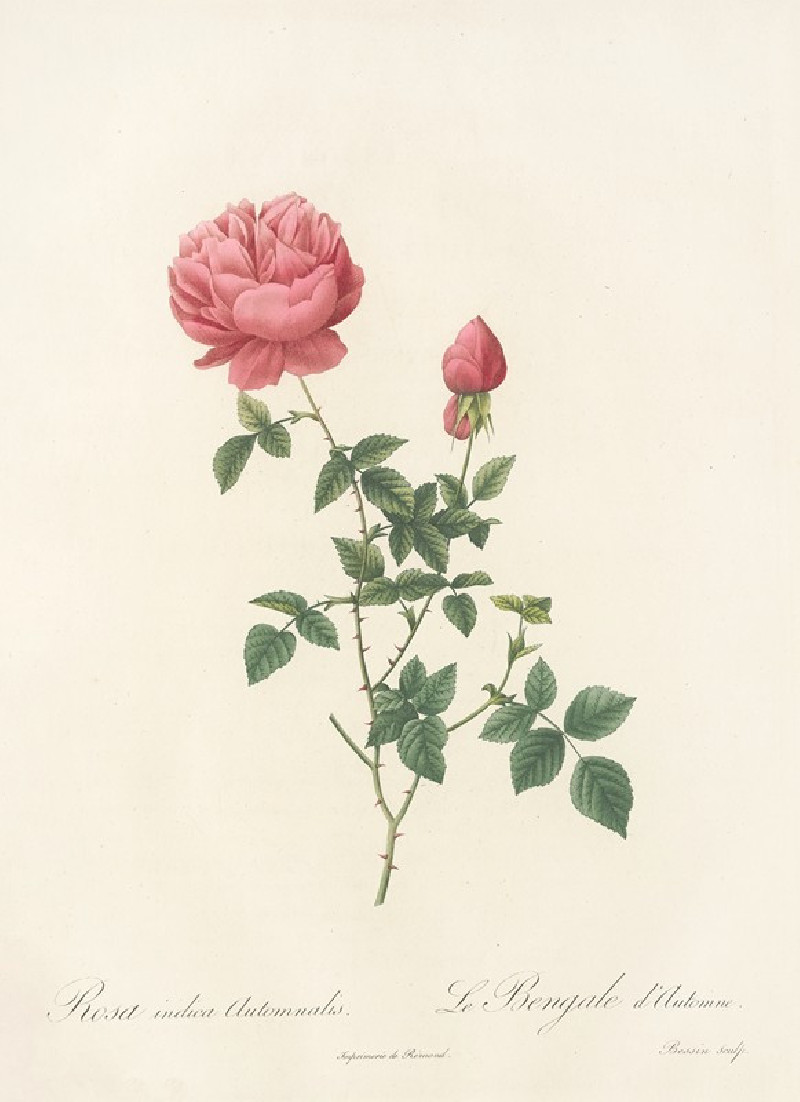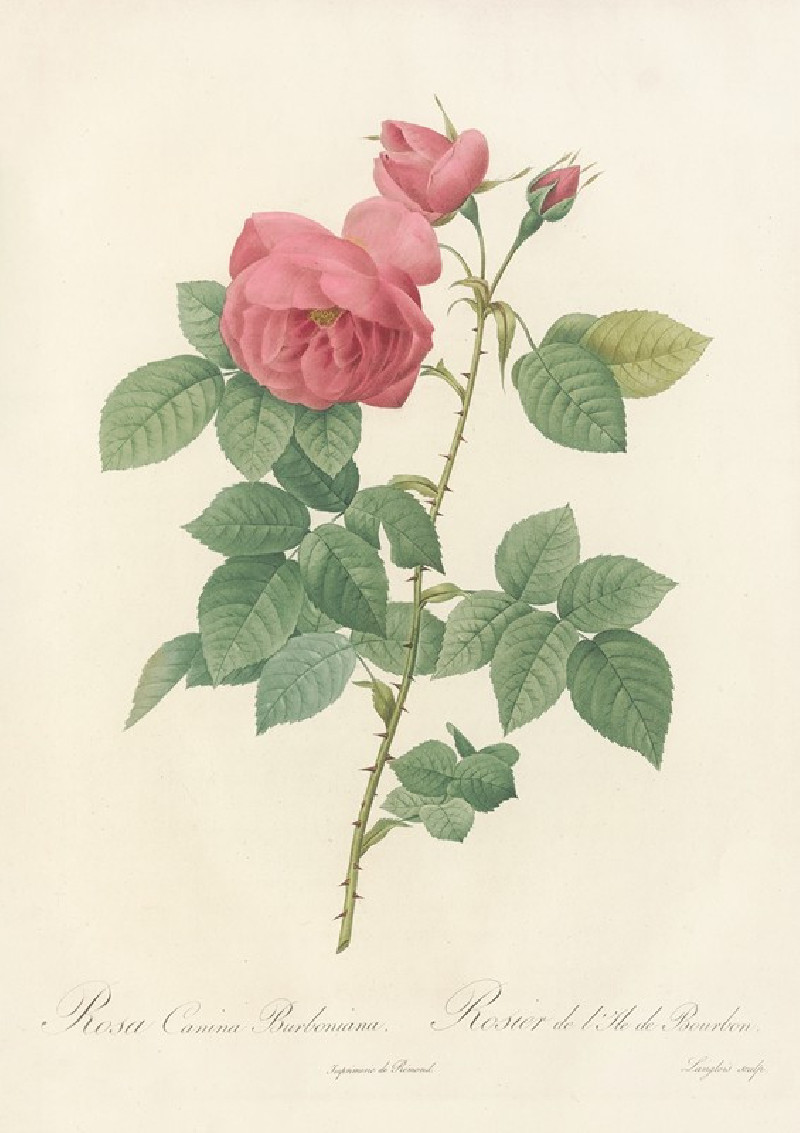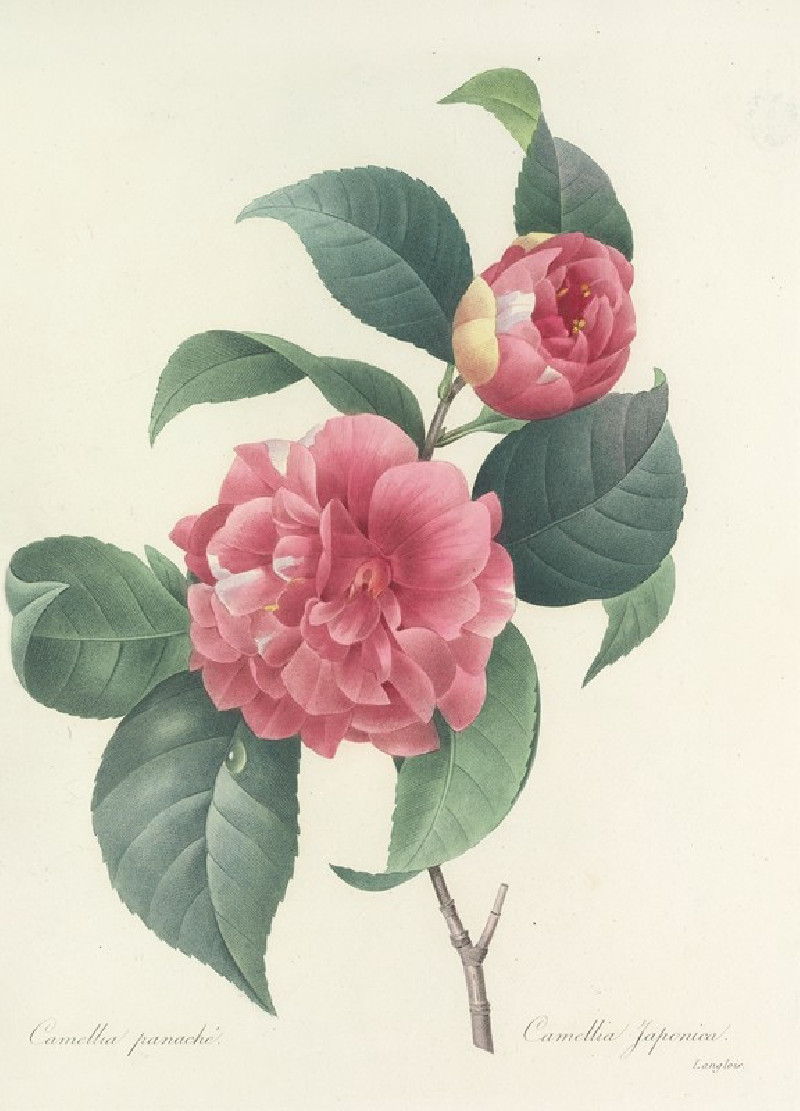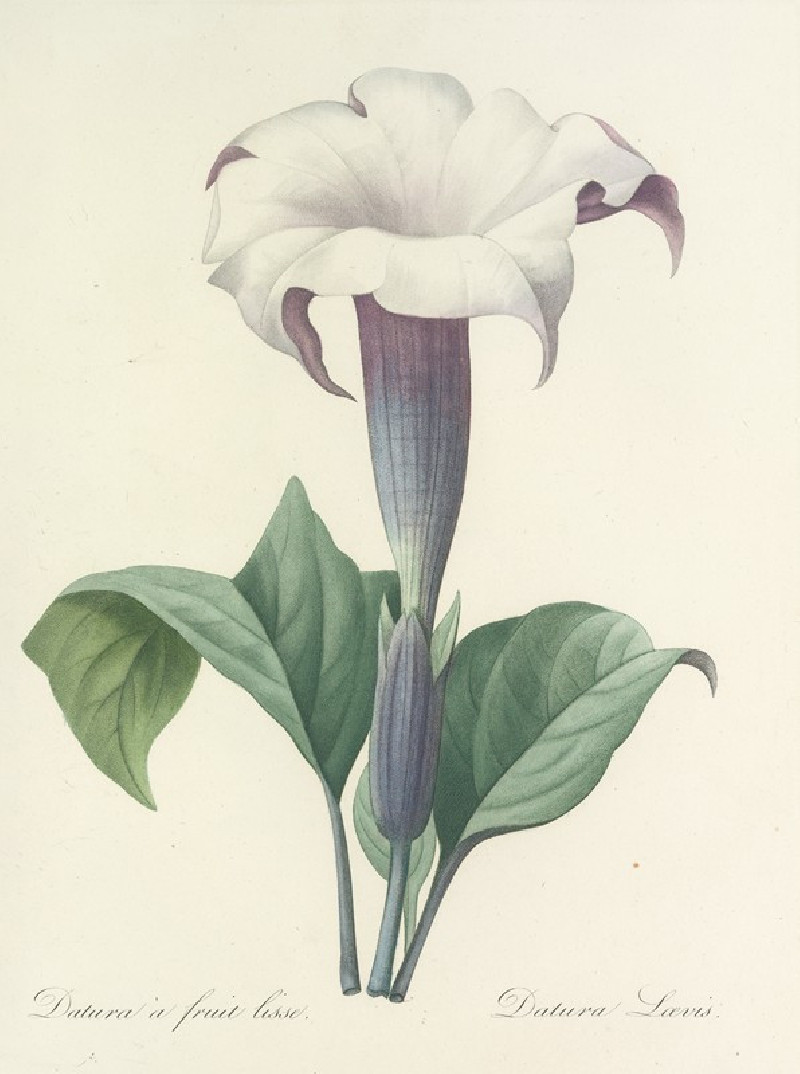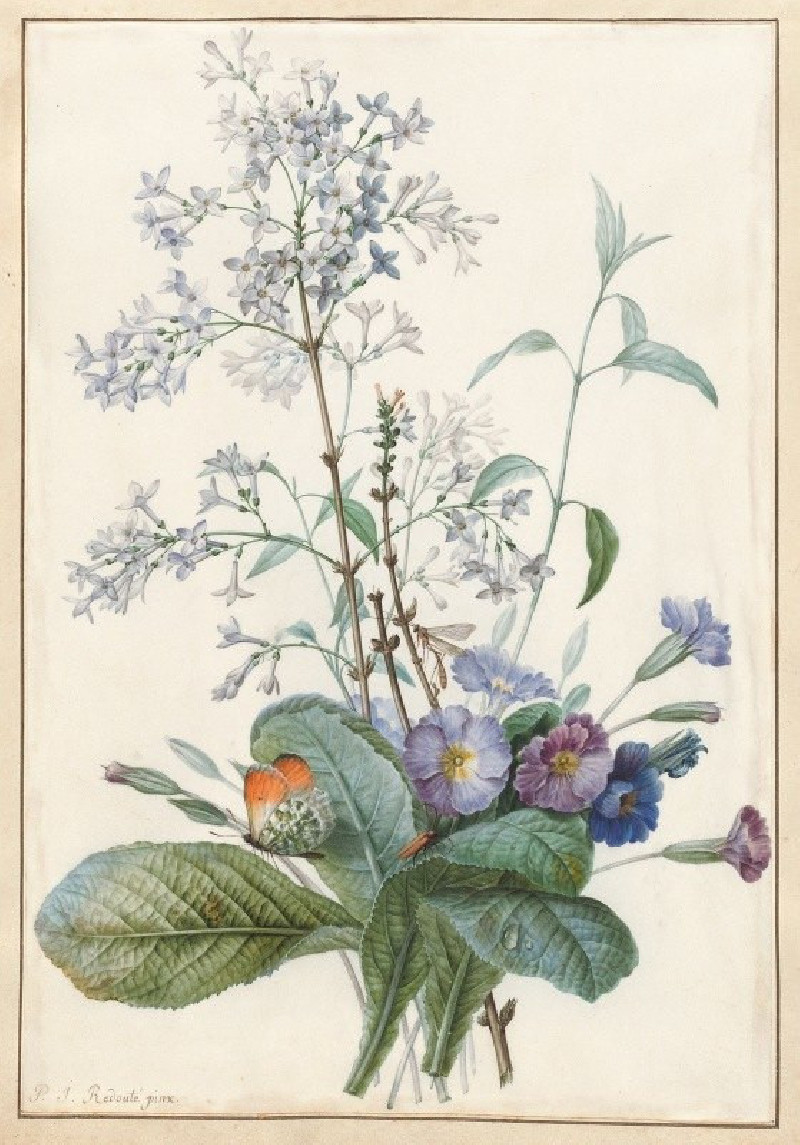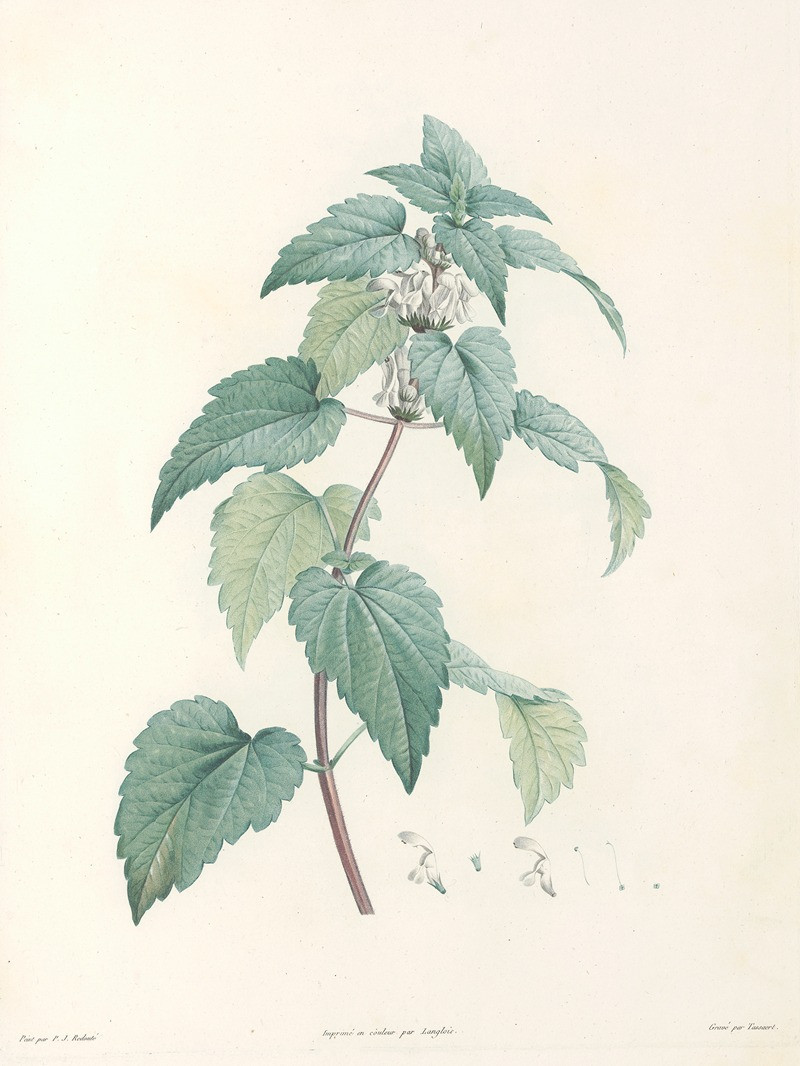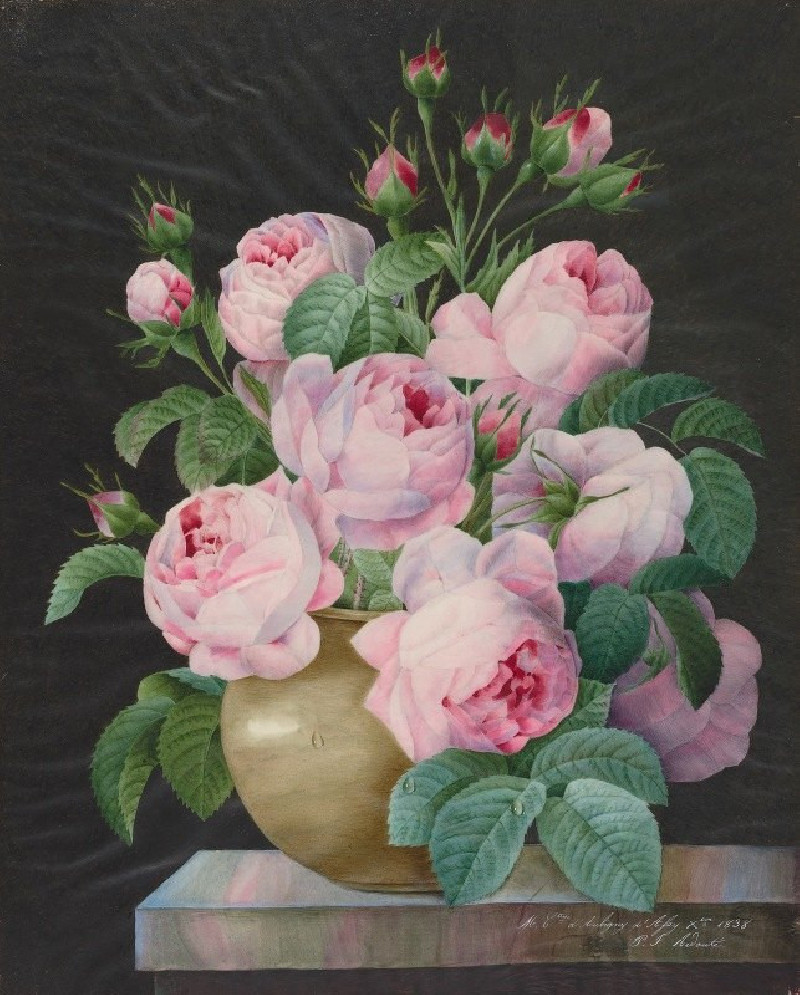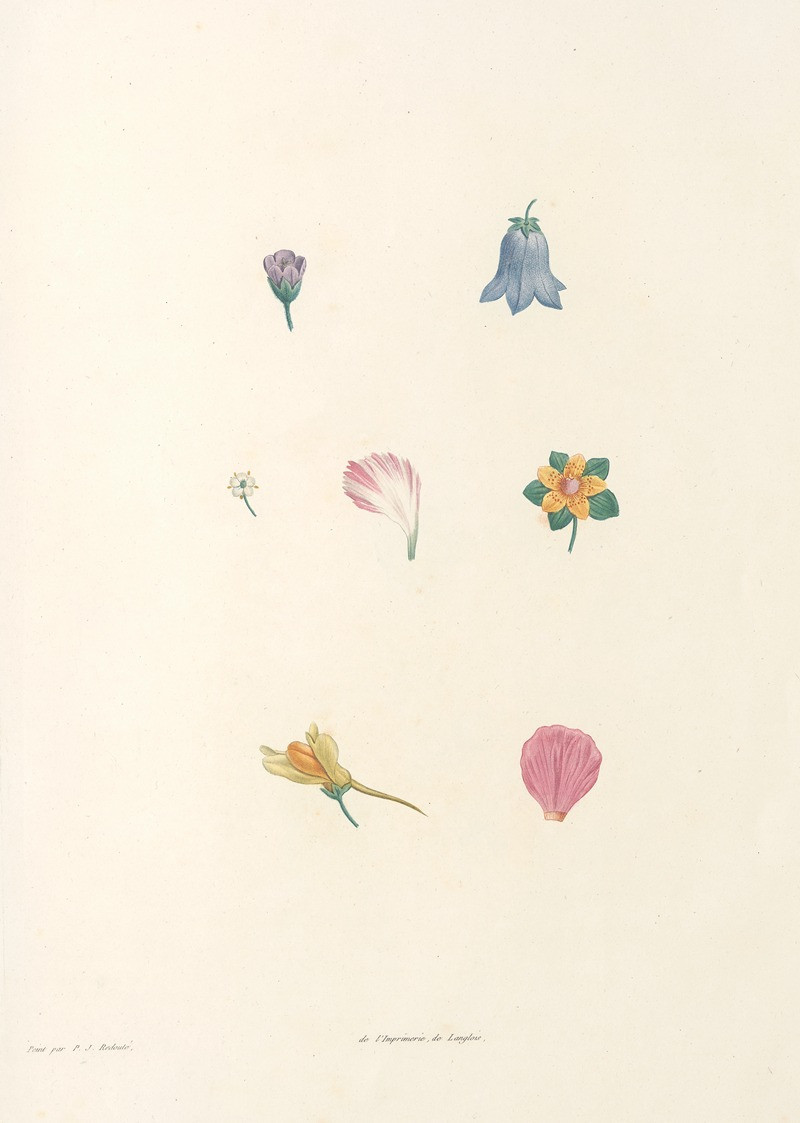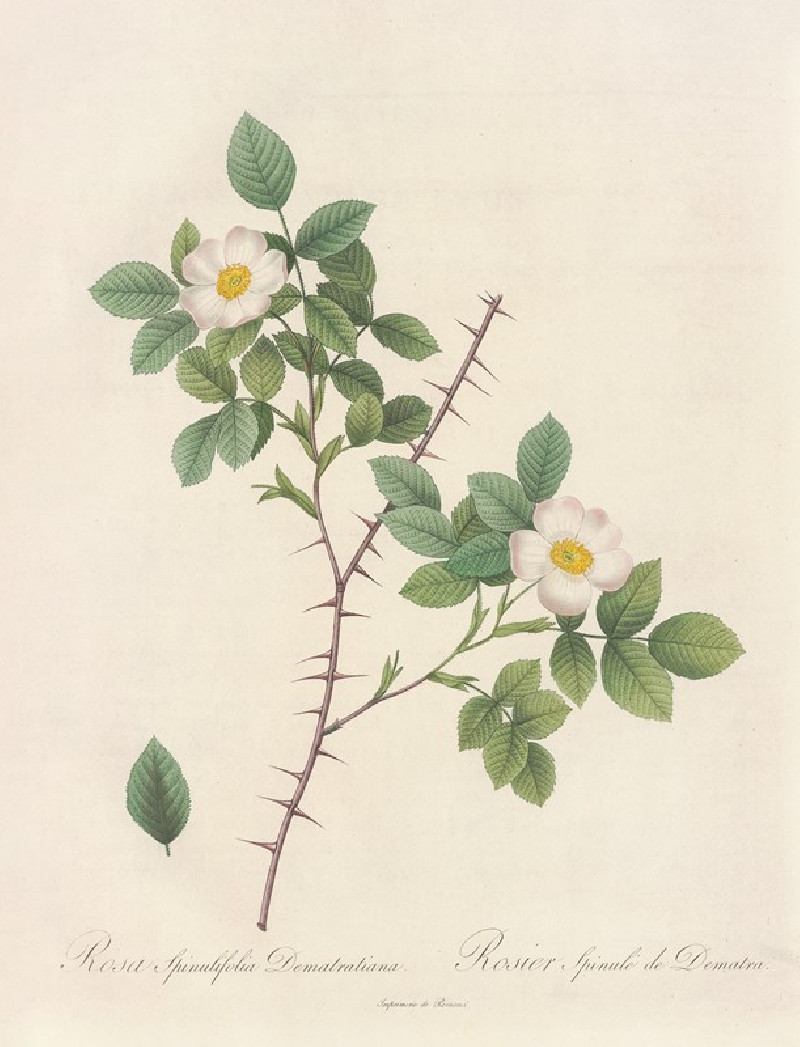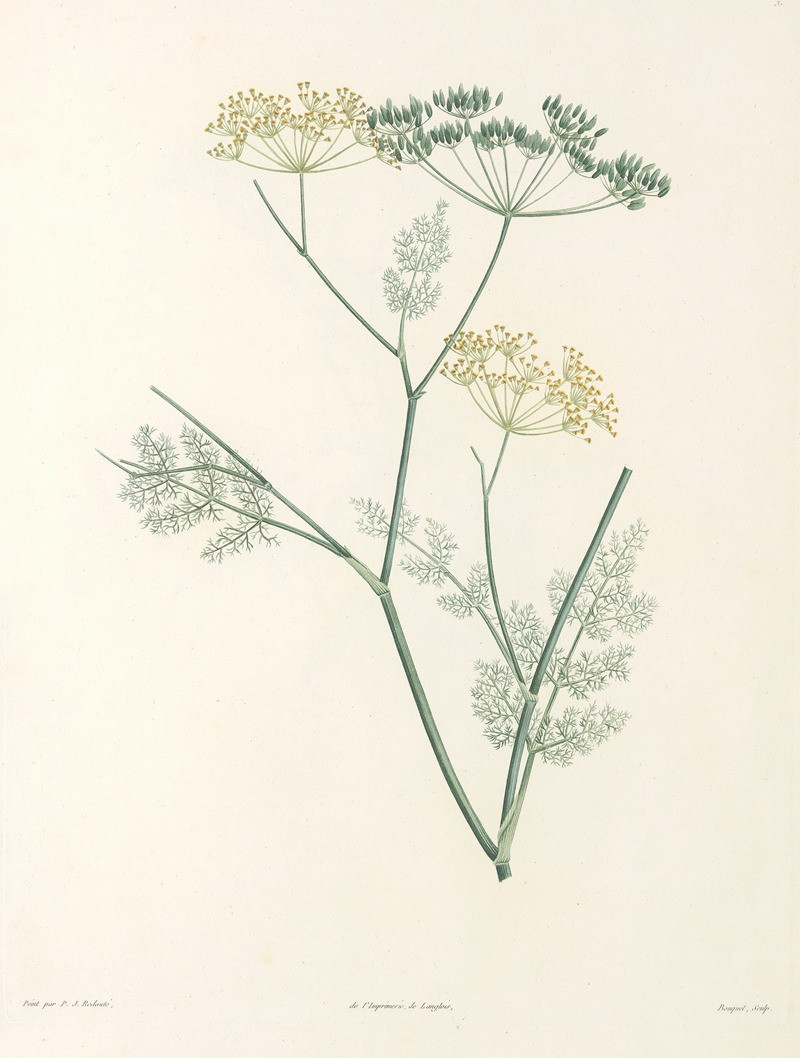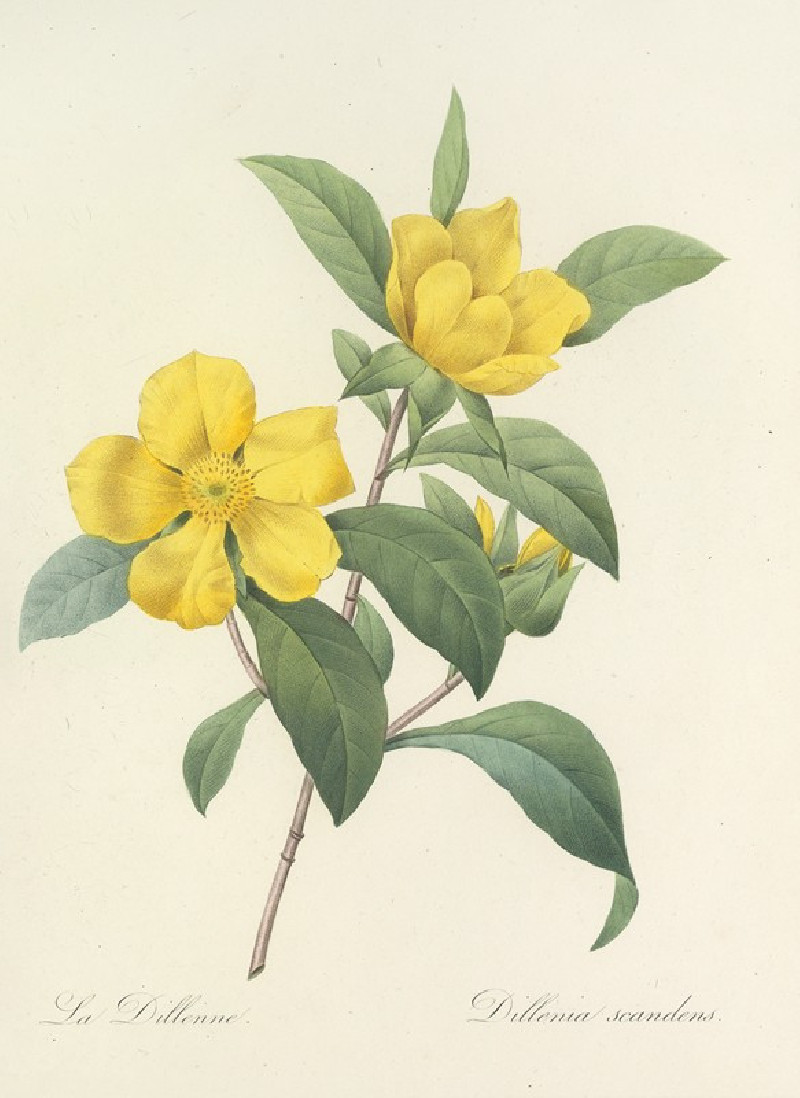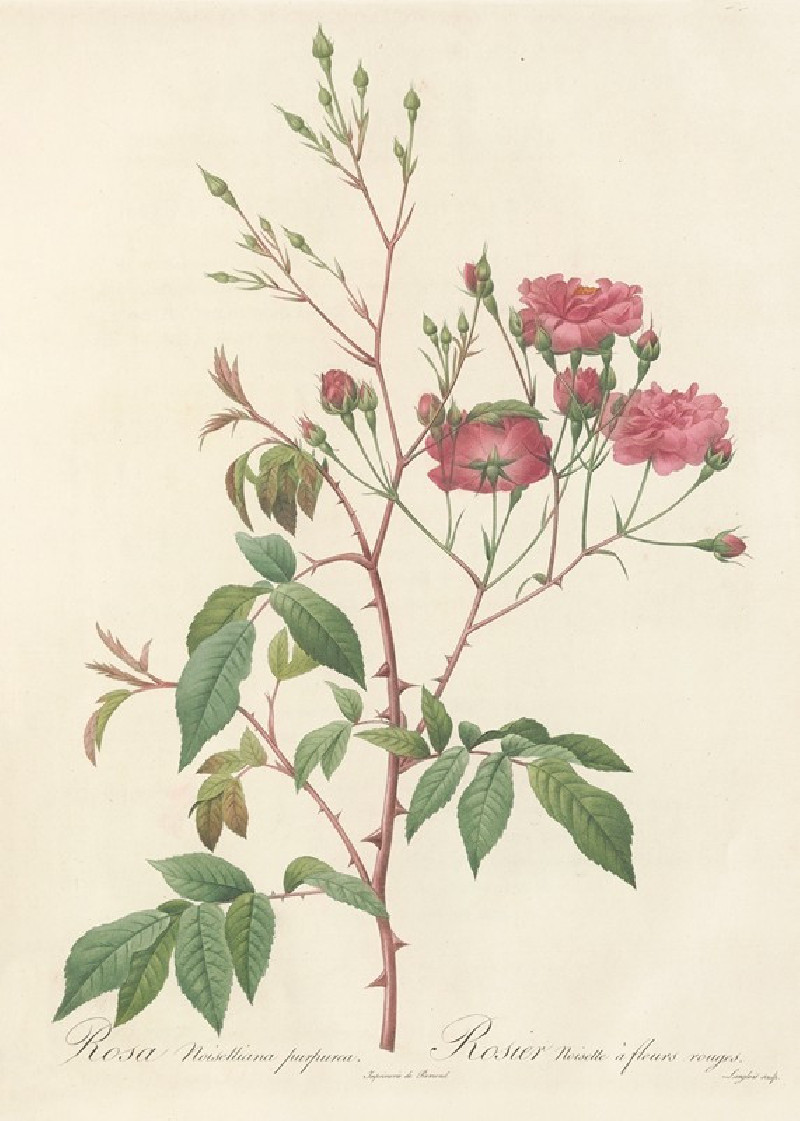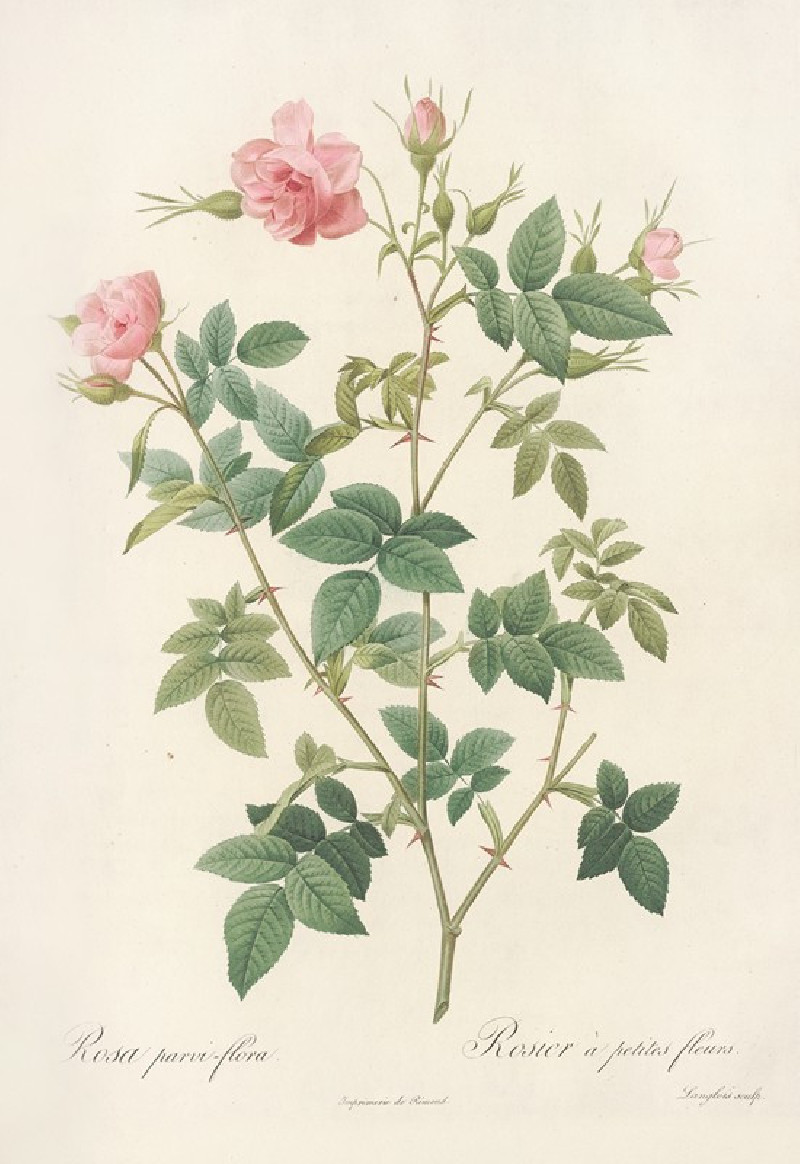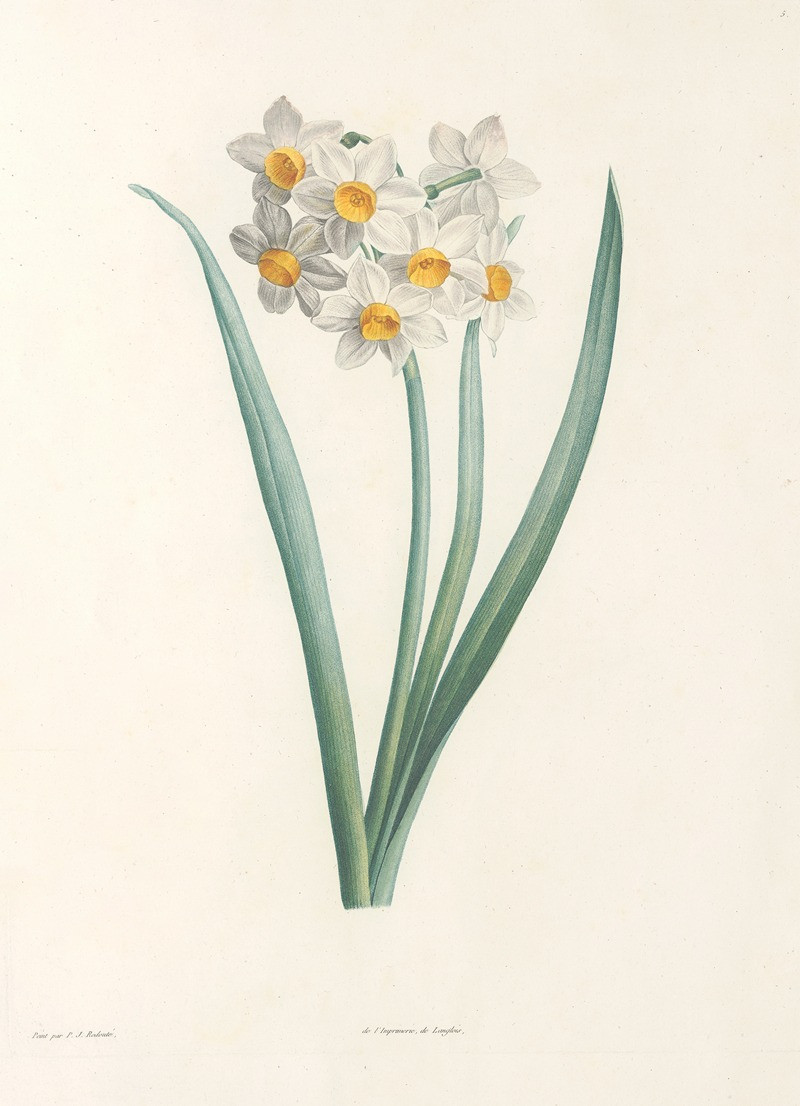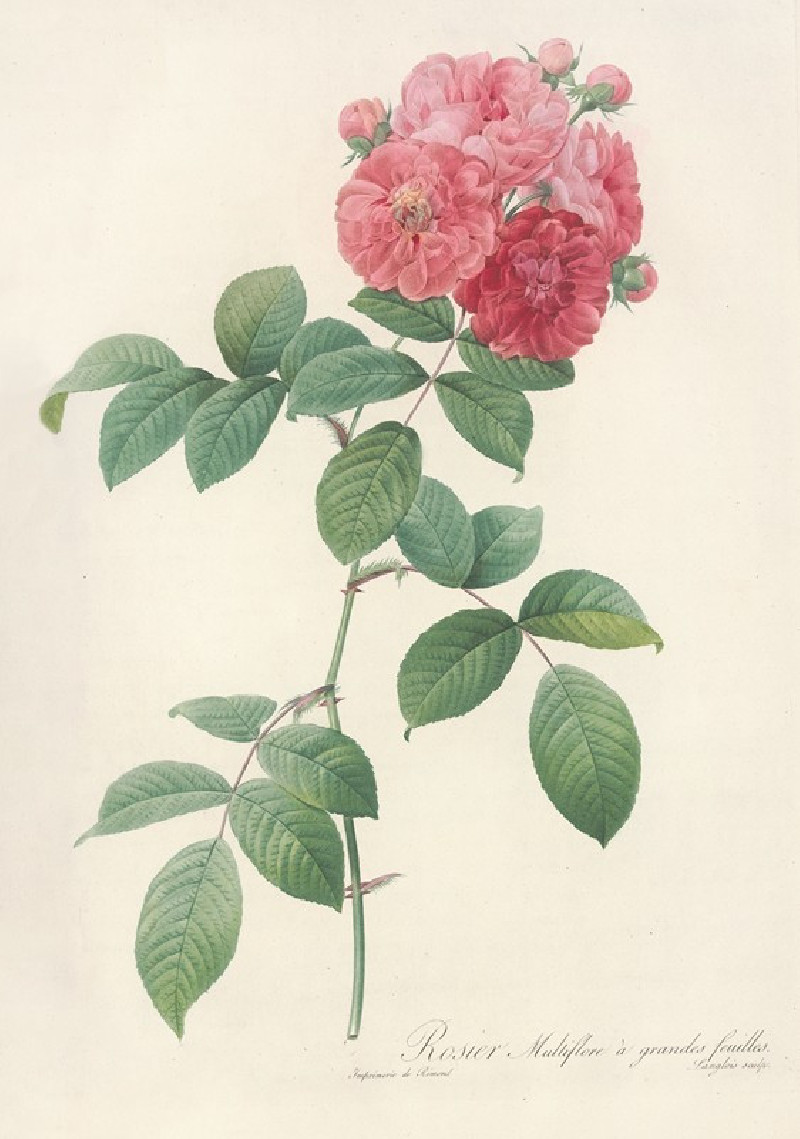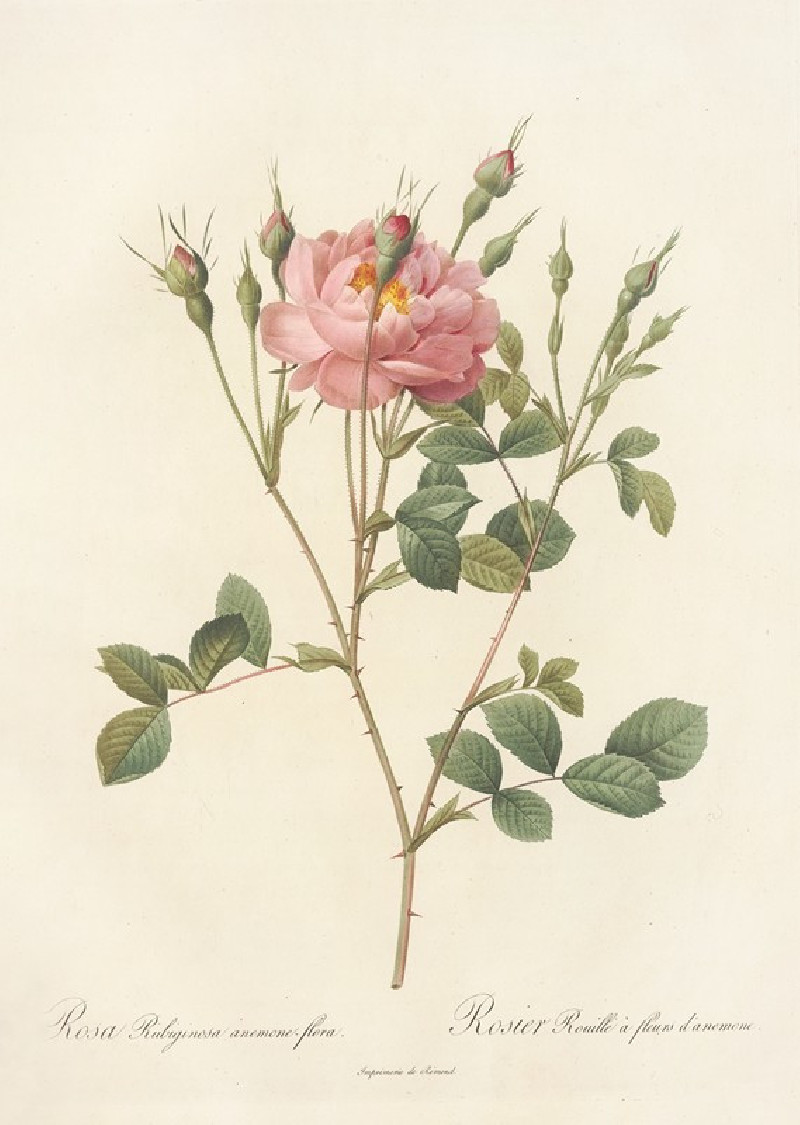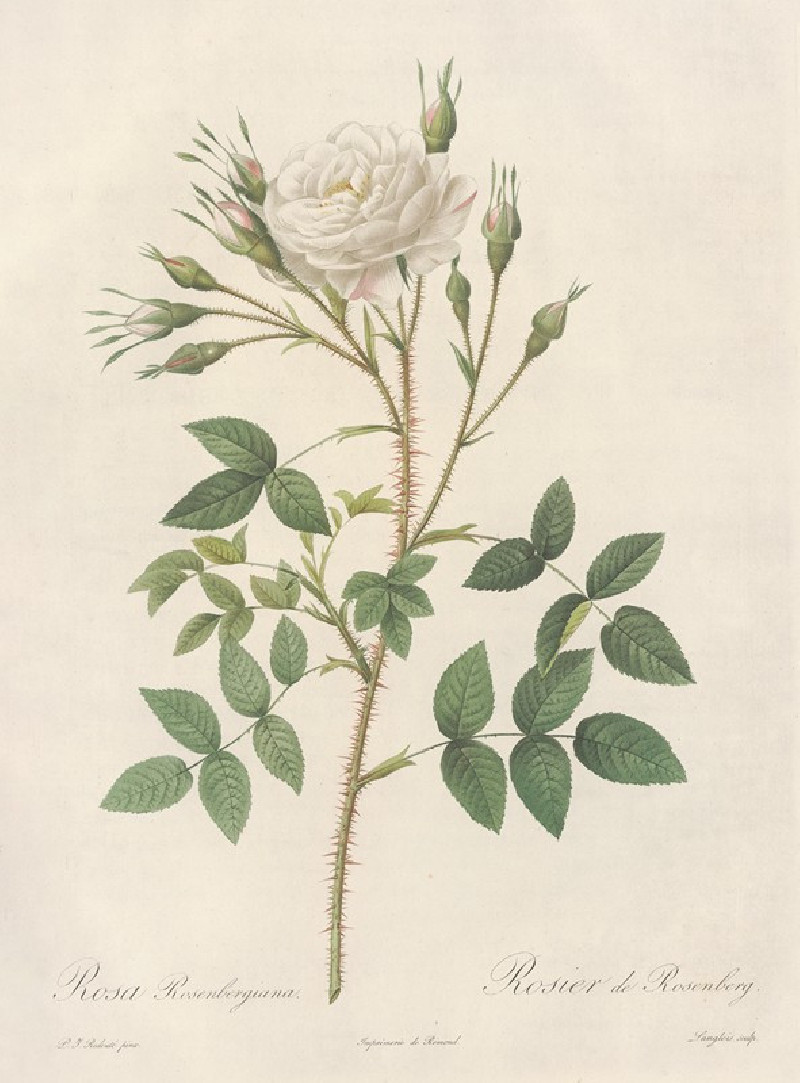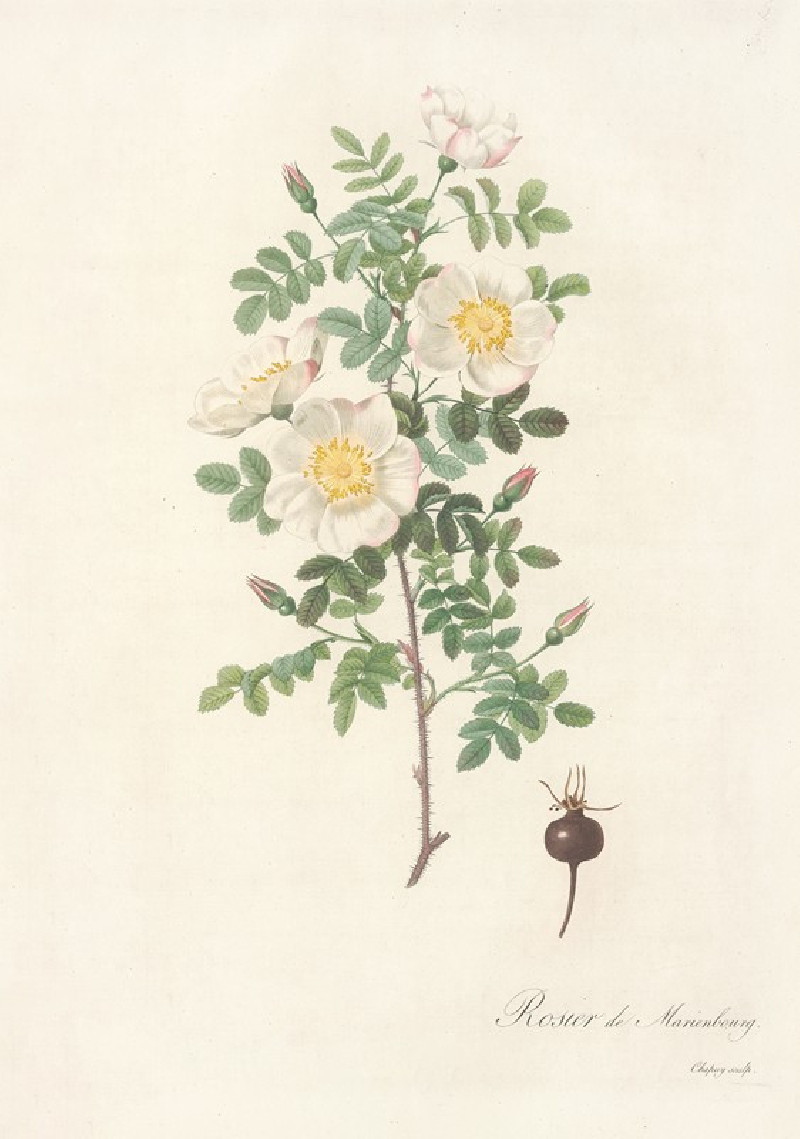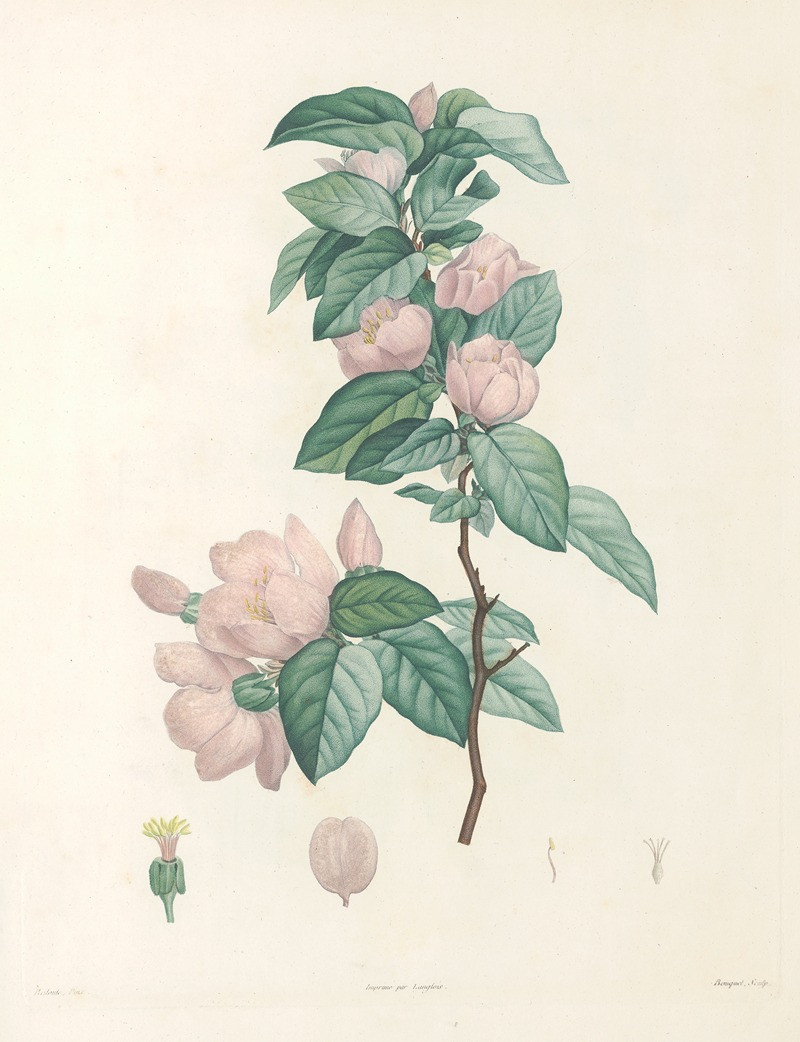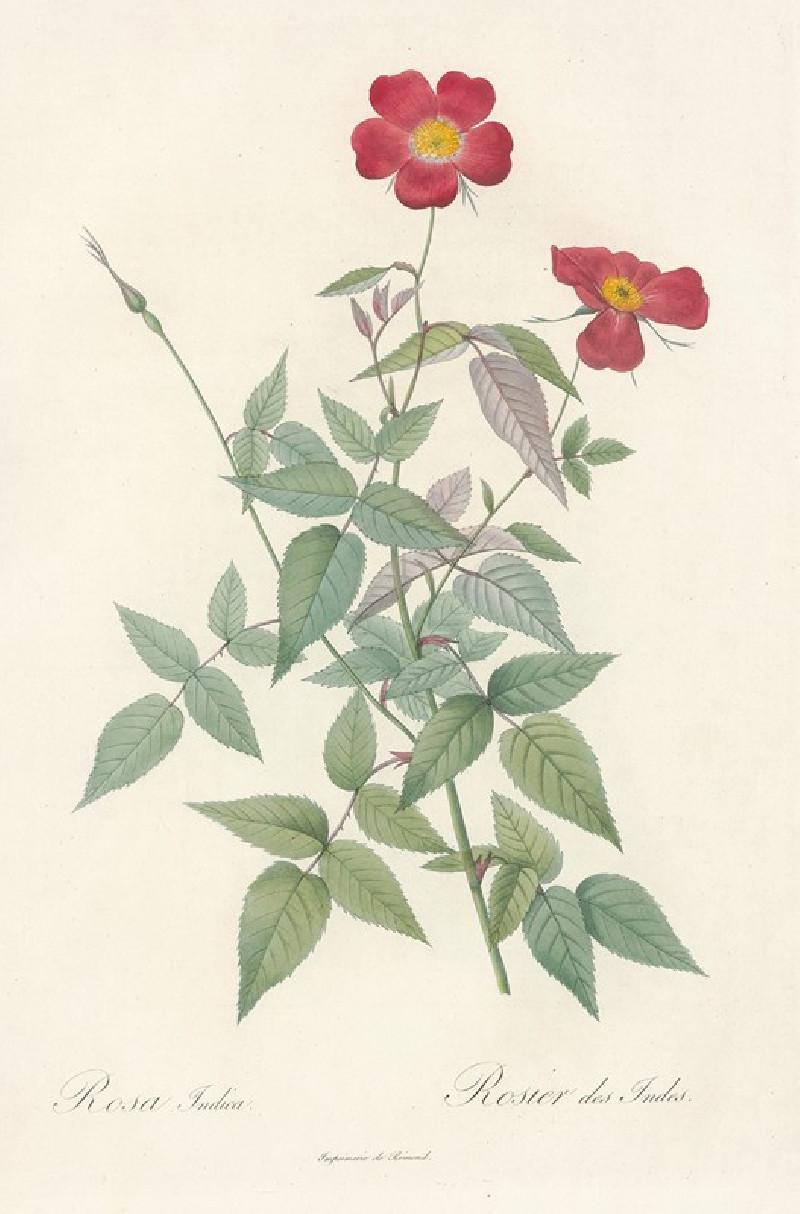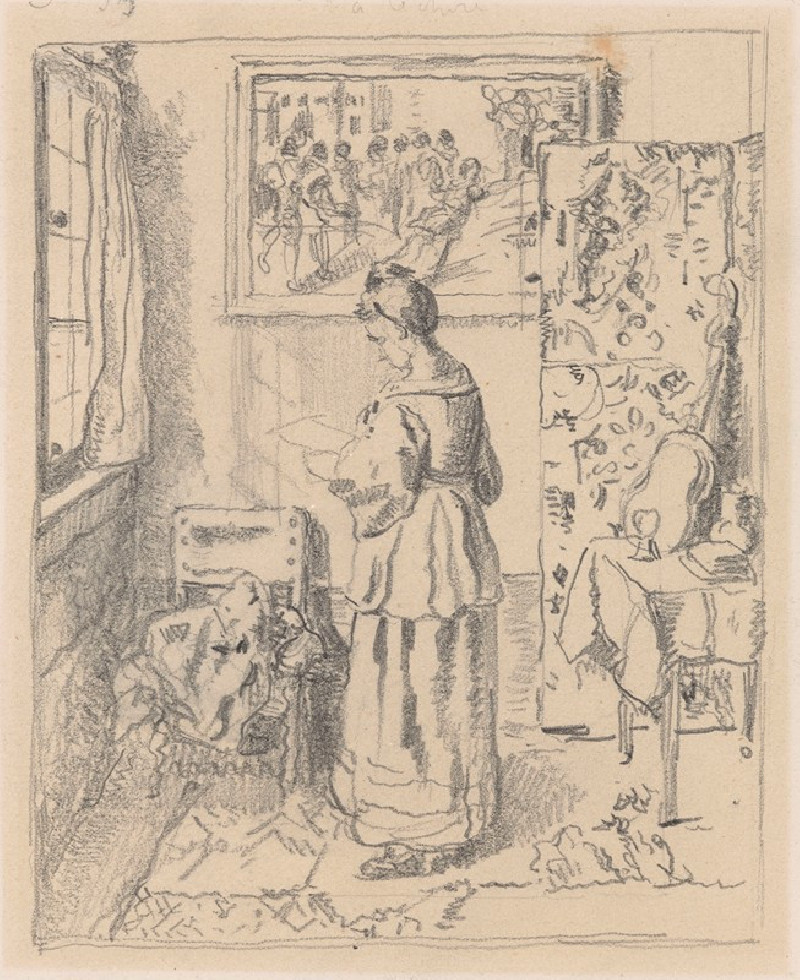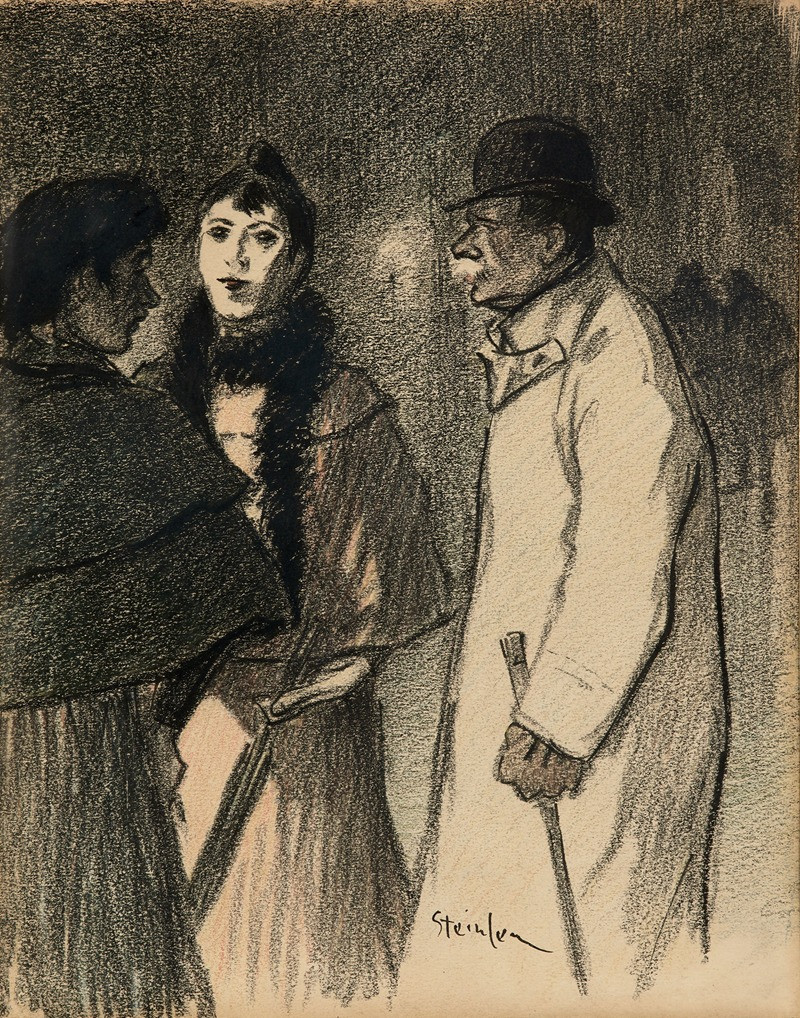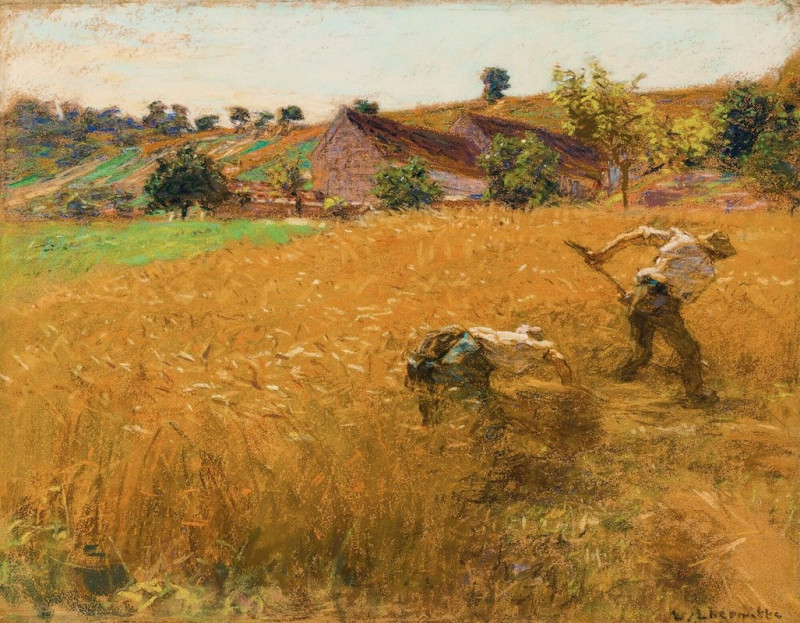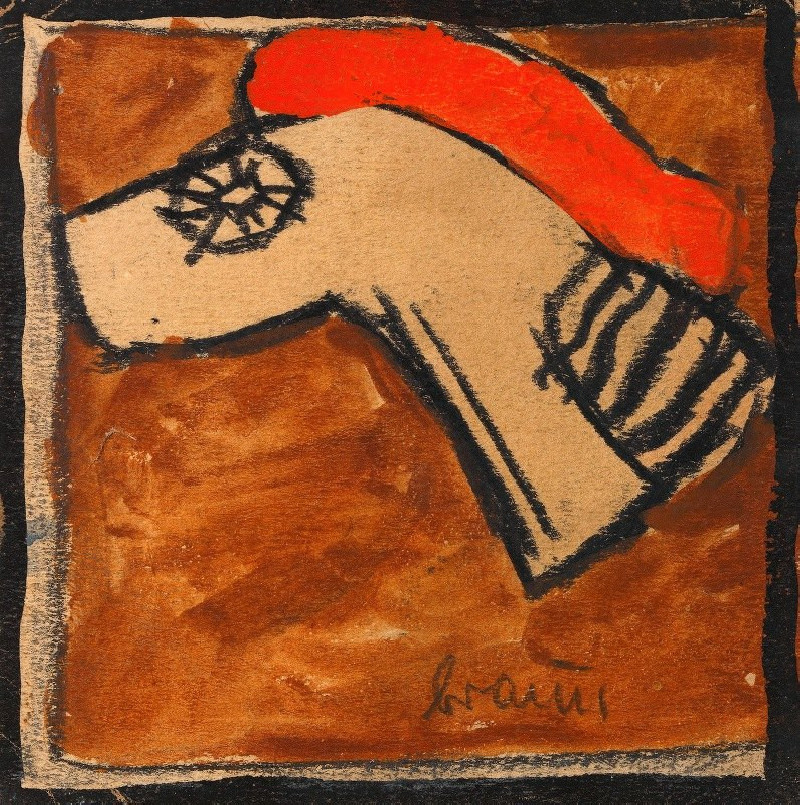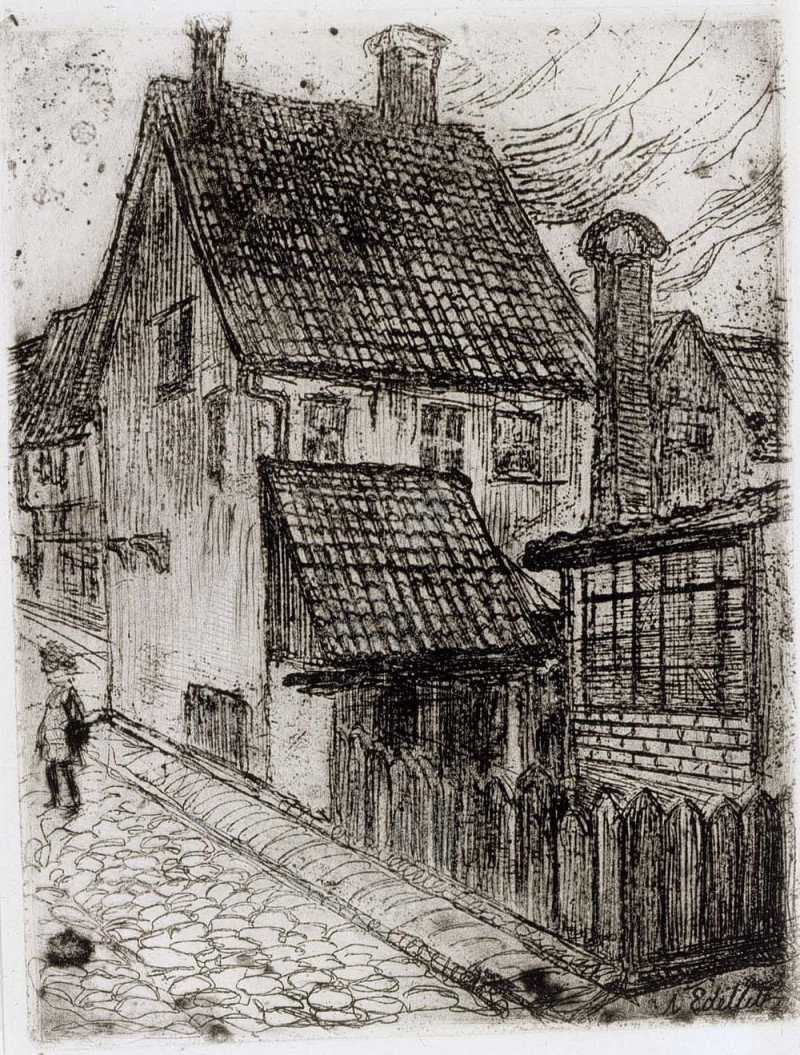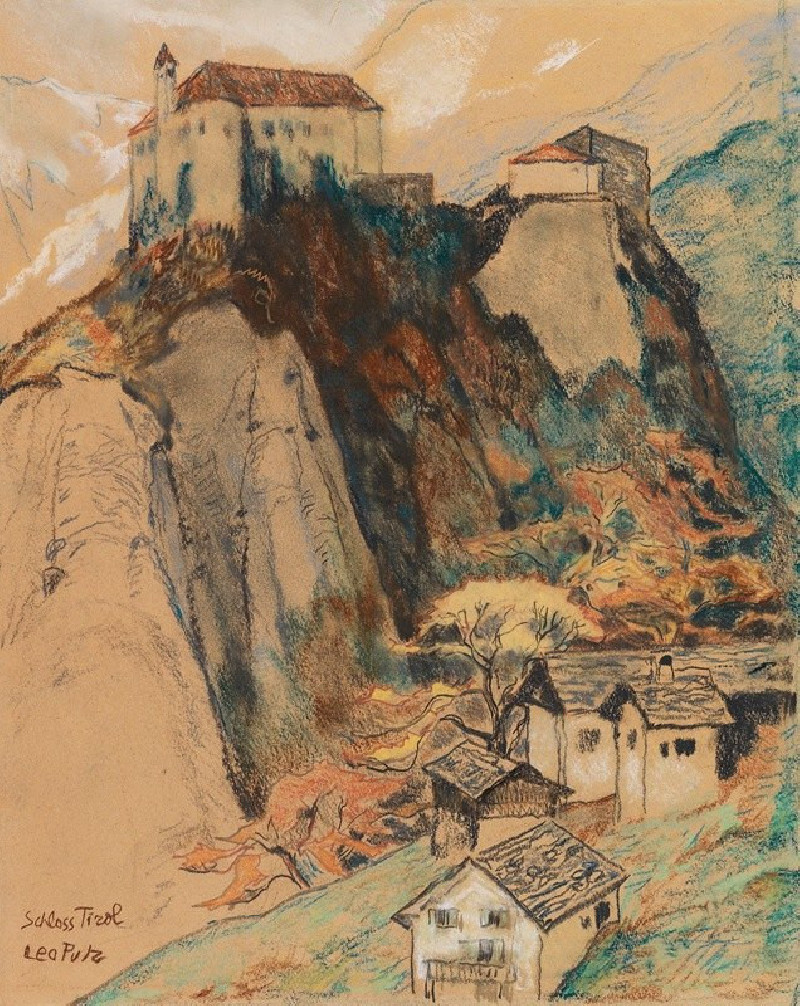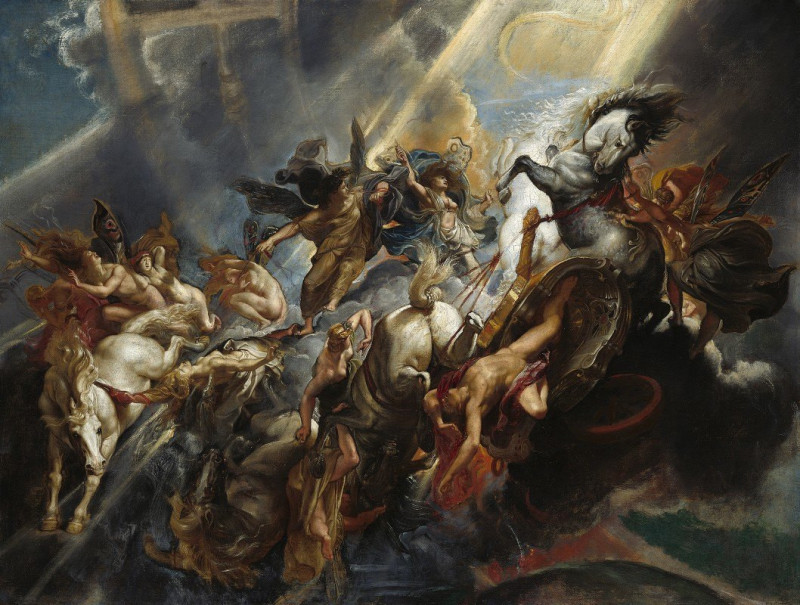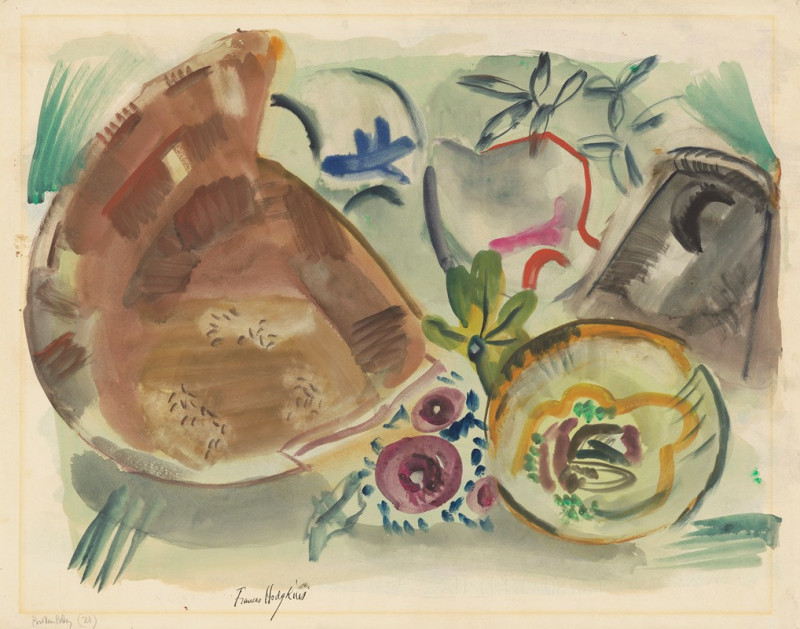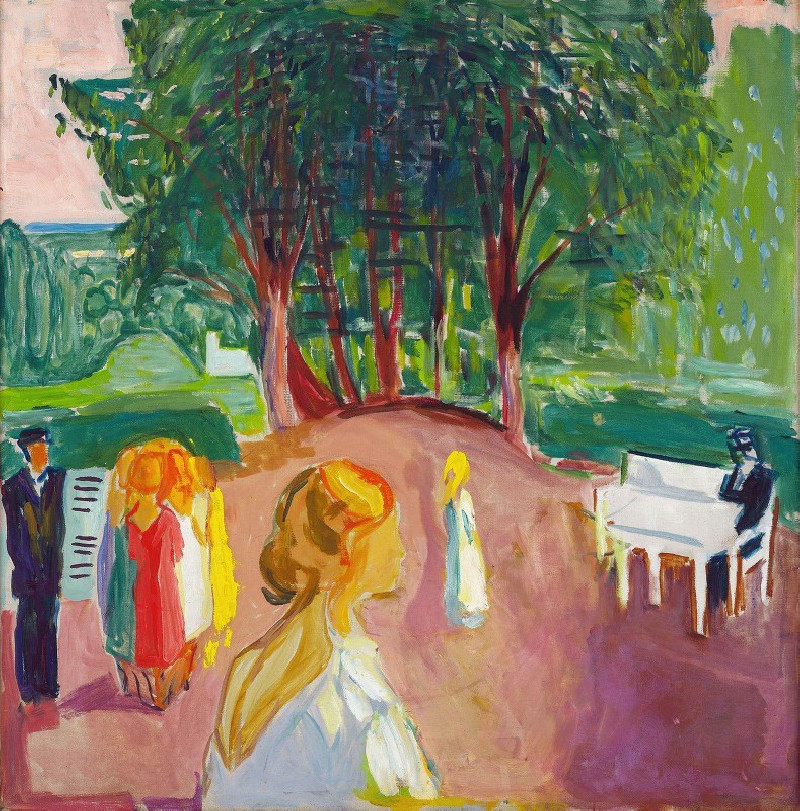Rosa Andegavensis (1817 - 1824)
Technique: Giclée quality print
Recommended by our customers
More about this artwork
Rosa Andegavensis, painted by the renowned botanical artist Pierre Joseph Redouté between 1817 and 1824, exemplifies the elegance and precision that have made Redouté celebrated as the "Raphael of flowers." This exquisite work forms part of Redouté’s rich oeuvre dedicated to illustrating the complexities and innate beauty of plant life.In this particular piece, Redouté depicts the Rosa Andegavensis, also known as the Anjou Rose, a species praised for its simplistic yet striking allure. The painting features two full blooms and one partially opened bud, capturing the natural progression of the plant's life cycle. Often identified by its delicate white petals which contrast beautifully against the vibrant green of its foliage, this rose variety is elegantly rendered to highlight its tender, translucent petals and the prominent yellow stamens at its heart.The image showcases Redouté’s mastery in the use of stipple engraving, colored painstakingly by hand, which was an innovative technique at his time that provided a softness and depth to botanical illustrations that were rare in scientific depictions. Each leaf, thorn, and petal is detailed with scientific accuracy, reflecting Redouté’s commitment to both artistic and botanical precision. His unique ability to marry artistry with scientific detail brings forth not just the visual delight of the rose but also its botanical significance."Rosa Andegavensis" is more than just a visual treat; it is a historical document that enlightens us about the flora of Redouté’s era and his unparalleled skill in botanical illustration.
Delivery
Returns
Pierre-Joseph Redouté, was a painter and botanist from Belgium, known for his watercolours of roses, lilies and other flowers at Malmaison, many of which were published as large, color stipple engravings. He was nicknamed "the Raphael of flowers" and has been called the greatest botanical illustrator of all time.

